
Although the gardener grows plants as a source of food and beauty, it’s easy to forget that the plant’s sole purpose in life is to reproduce.
Bolting – or going to seed – occurs when a plant prematurely puts out flowering stems before the crop is harvested. The process diverts precious energy away from the edible bits – the leaves and roots – to instead produce flowers and seeds.
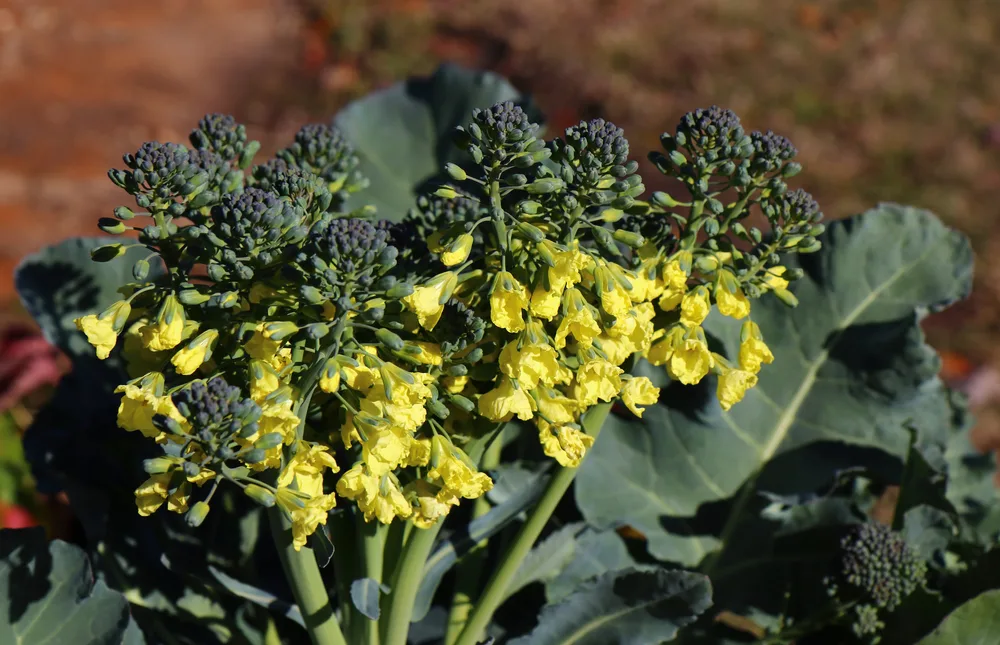
Often, the quality of the harvest will be quite poor with a far less sweet and tasty crop.
While there are some plants we want to flower – tomatoes, peppers, beans, cucumbers and the like – so that we can harvest their fruits, other types of vegetables and herbs that are cultivated for their foliage are much more susceptible to bolting.
Plants more likely to prematurely go to seed include: leafy greens like lettuce, spinach, and arugula; Members of the Brassica family, like cabbage, kale, broccoli, cauliflower, mustards, and Brussels sprouts; as well as biennial plants such as onion, carrot, beetroot, and leeks.
What Causes Plants to Bolt?
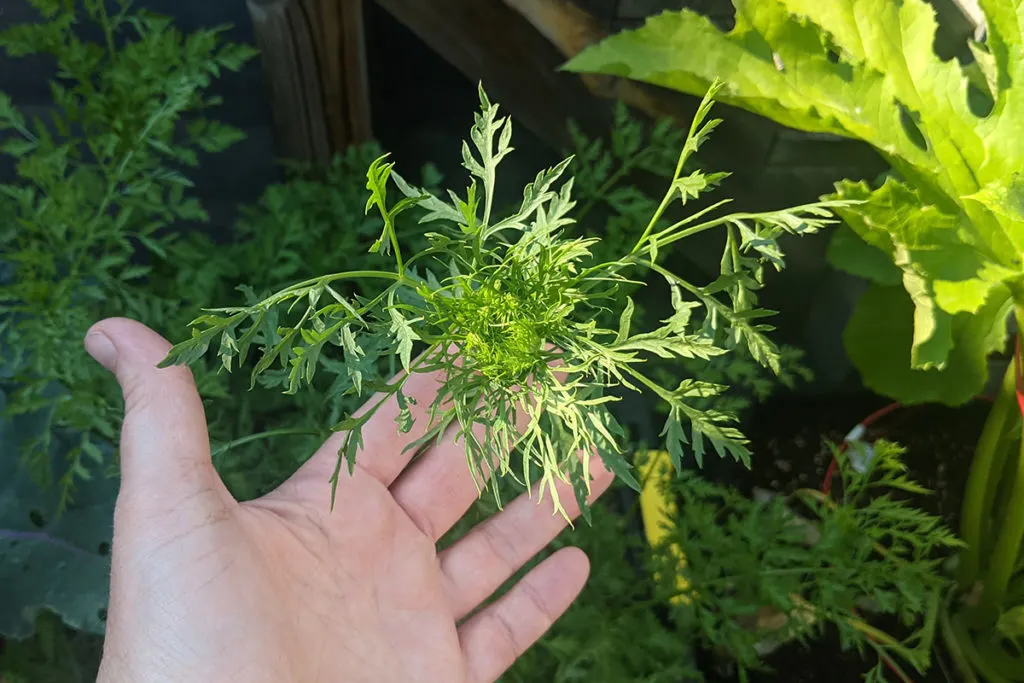
Plants wholly rely on environmental cues to tell them what to do and when. These processes are regulated by plant hormones called gibberellins that control everything from seed germination to stem elongation to flowering to fruit ripening. When the plant experiences one of these conditions, gibberellins are released that induce blooming.
Changes in Day Length
For some plants, longer days triggers flowering. Termed “long day” plants, these go to seed when days are longer and nights are shorter. When long day plants like lettuce, spinach, sugar beet and potato receive more than 12 hours of sunlight each day, this signals that it’s time to put out flowers.
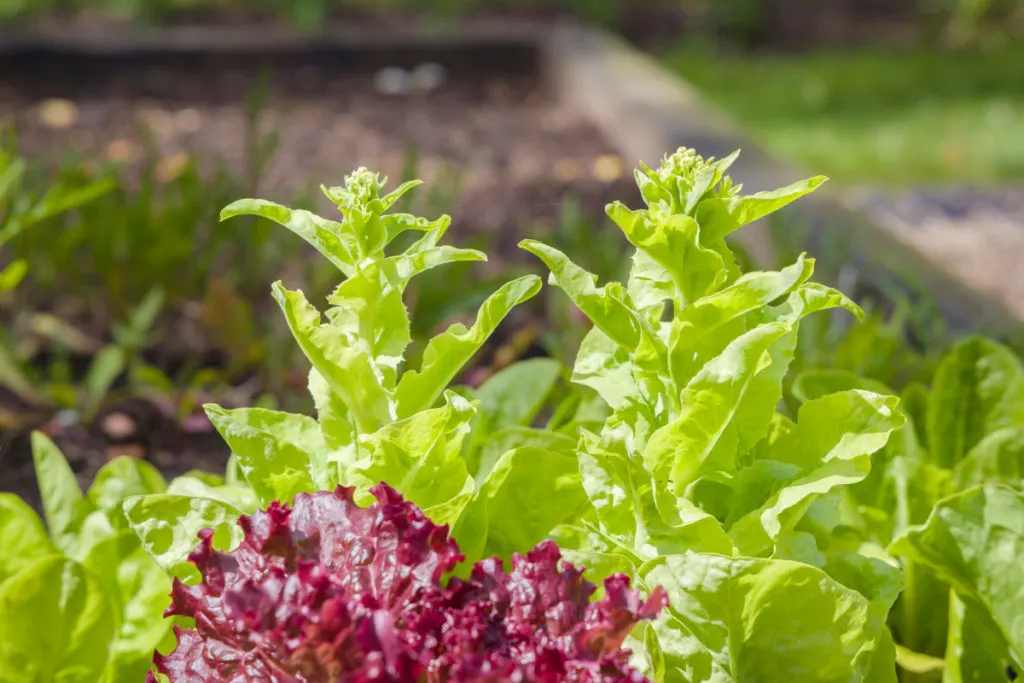
Conversely, “short day” plants require longer nights to induce flowering. These types of plants will only bloom when they experience less than 12 hours of daylight. Examples of short day plants include rice and soybean.
The blooming times for day-neutral plants, like tomatoes, cucumber, and peas, is not affected by day length at all. These cultivars put out flowers simply when they are mature enough to.
Changes in Temperature
Cool season crops like artichoke, bok choy, broccoli, cabbage, garlic, kale, and cauliflower are sensitive to heat. As the weather warms, they will certainly go to seed.
Biennial plants, which complete their lifecycle over a period of two years, are more prone to bolting during a cold snap that occurs during their first season. Sudden cool weather signals to them that winter has passed and it is time to flower.
Times of Drought
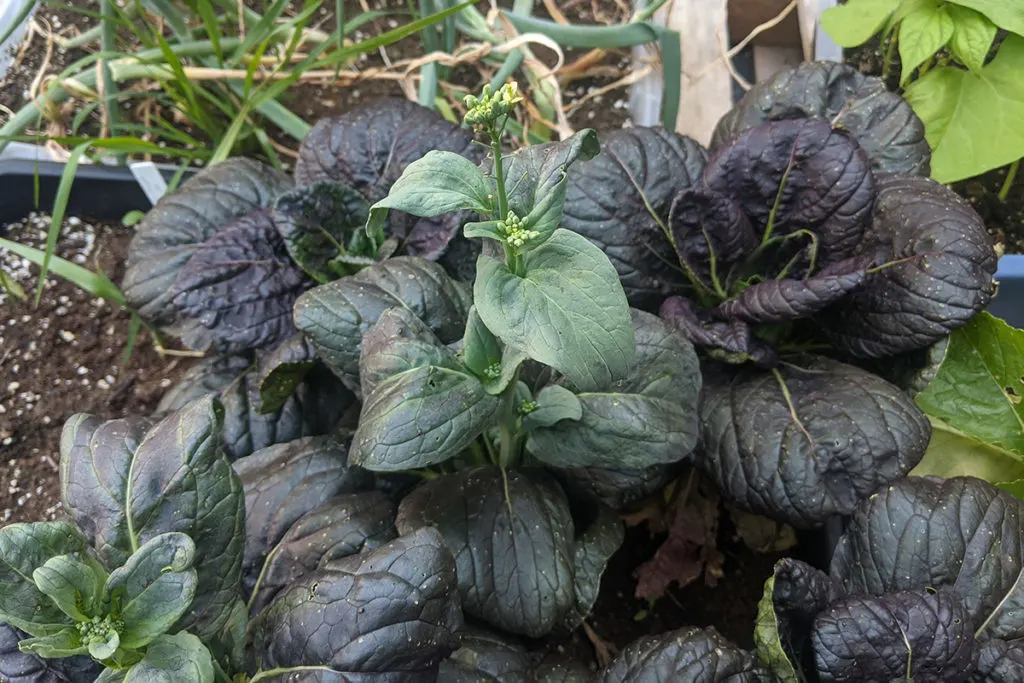
Dry soil also encourages bolting since it signals to the plant that it’s do or die. Periods of low or no rainfall triggers a hasty reproductive cycle so that, if the mother plant perishes, it has been successful in its life purpose.
Poor Soil Quality
Similarly, poor quality soil will also signal to the plant to hurry it up. Too little of nutrients that plants need or the presence of metals, salt, or other pollutants in the soil will initiate flowering.
Stress
Sudden temperature swings, lack of water, and bad soil are all factors that will stress out plants. In addition to these, attacks by pathogens, insects, or herbivores will fast track the plant’s lifecycle. Even strong winds can be enough to unduly stress out the plant and induce early blooms.
How to Prevent Plants from Bolting
1. Time Your Sowings
Cool season crops should be started as early as possible in spring. Quick growers like lettuce, bok choy, broccoli rabe, and mesclun mixes can provide quite a bounty before the heat of midsummer arrives.
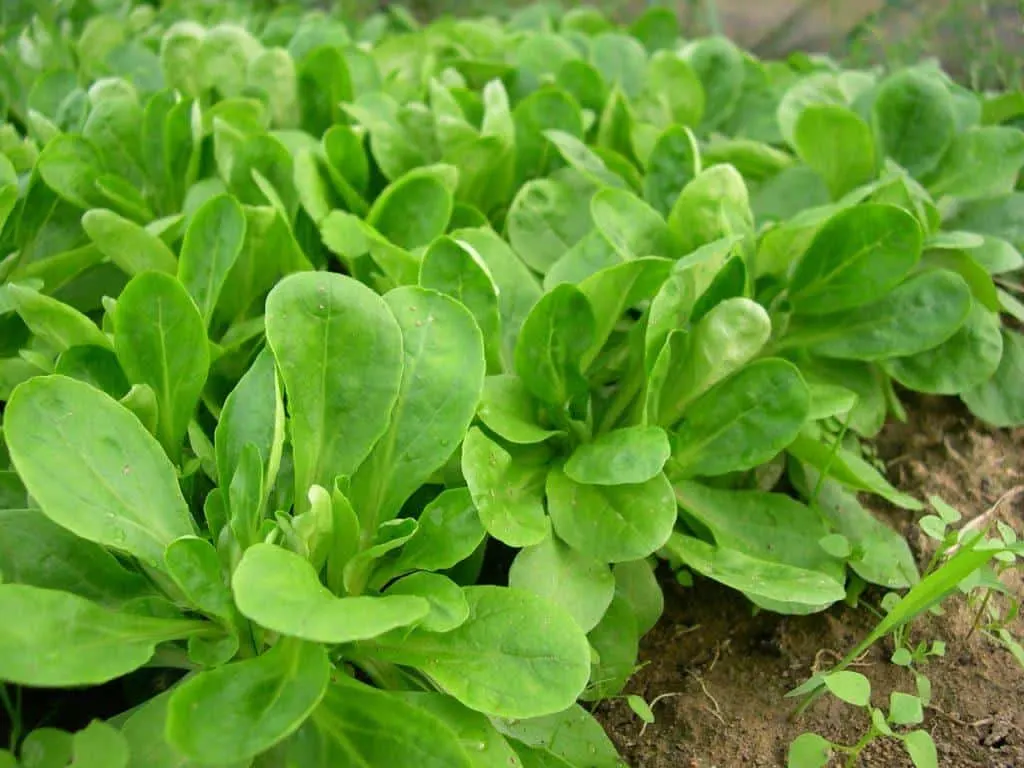
Do a second sowing a couple weeks after the summer solstice – the longest day of the year – for an autumn harvest of kale, broccoli, beets, Brussels sprouts, and other cool weather veggies.
You can also stagger your sowings throughout the season to increase the odds of many successive, bolting-free harvests.
2. Enrich Your Soil
It’s gardening 101, but it certainly bears repeating: good soil is the bedrock of any garden.
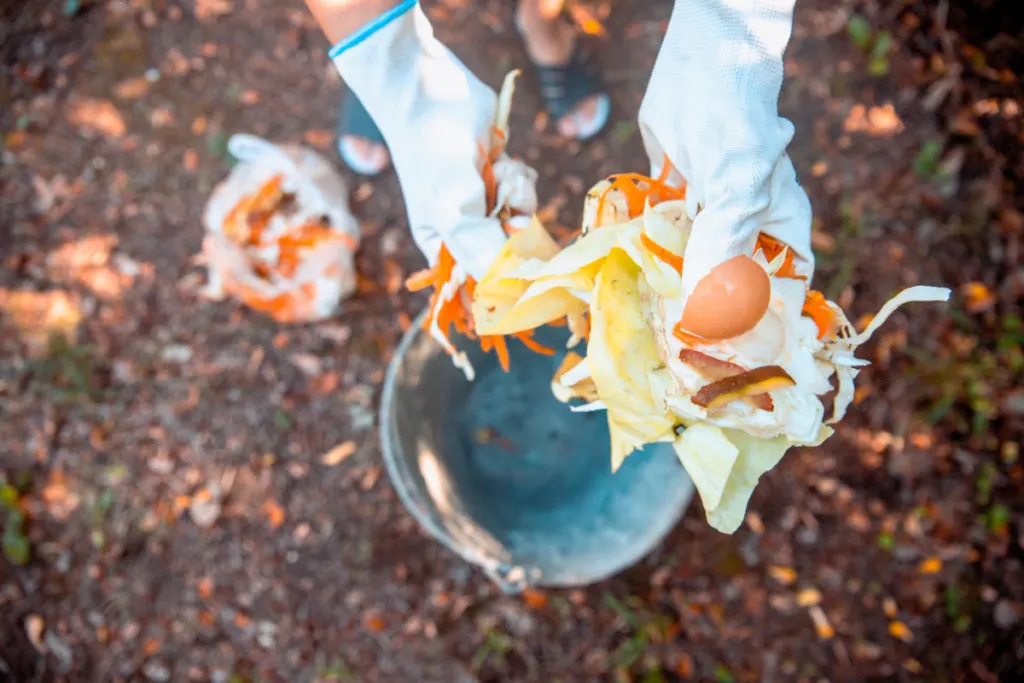
The best soils are loamy in texture, retain water, drain well, and are rich in nitrogen, phosphorous, and potassium, as well as several other trace minerals, proteins, fats, lignins, and organic acids.
Amending your existing soil with finished compost – or humus – is an all-in-one solution for conditioning soil texture, boosting fertility, retaining moisture, and naturally deterring diseases and pests.
Keep plants from drying out by mulching your garden beds. Also practice crop rotation each season to prevent your soil quality from degrading over time.
3. Keep an Eye on the Weather
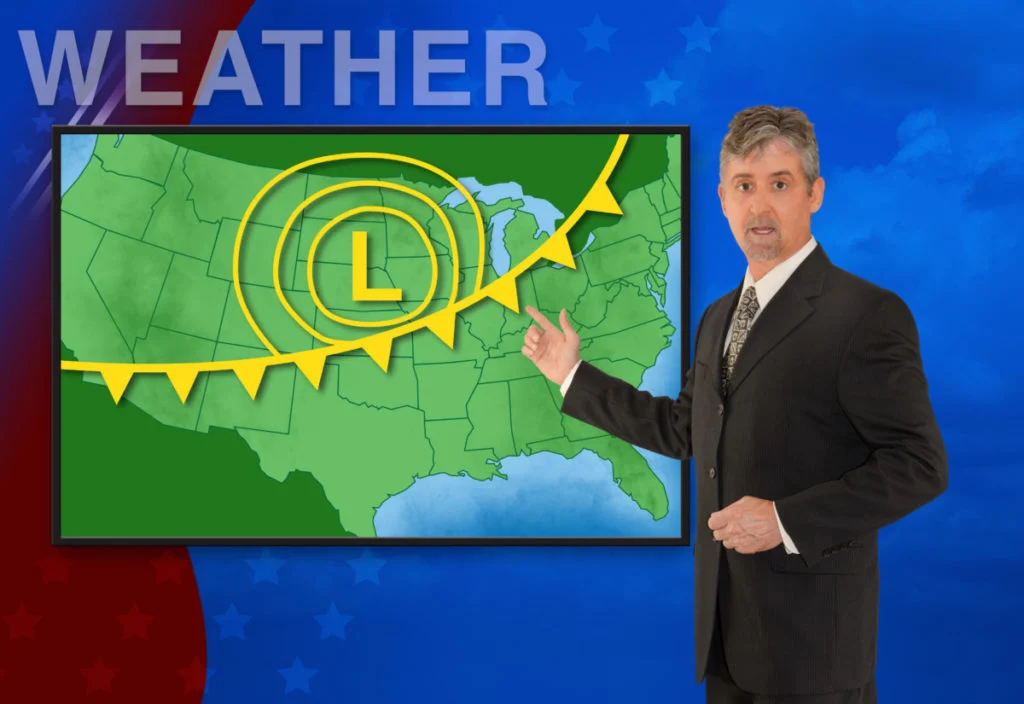
Although unpredictable weather and sudden swings in temperature can throw a monkey wrench into your plans, there are a few tricks you can employ to help shield your plants from the elements.
When growing cool season vegetables and confronted with a heat wave, use a shade cloth to protect them from roasting away in full sun. You can also sow crops strategically by planting spinach, for example, next to taller plants like tomatoes and peppers. Be sure to plant the cold weather crop east of the larger cultivar to shelter it from the hot afternoon sun.
For biennials during a cold snap, keep them warm by using a garden cloche or frost blanket or even an old bed sheet – any cover will help. When using non transparent materials to cover up your plants, remove them in the morning to let the sunlight in and cover them up again at sundown. You’ll only need to do this until the cool weather passes. For container gardens, simply bring pots inside.
4. Harvest Often
Making sure you harvest on the regular can help stave off premature flowering.
Plucking the outer leaves of cut and come again plants, like lettuce or spinach, will keep the plants from fully maturing. These plants will respond by continuing to grow their foliage more vigorously.
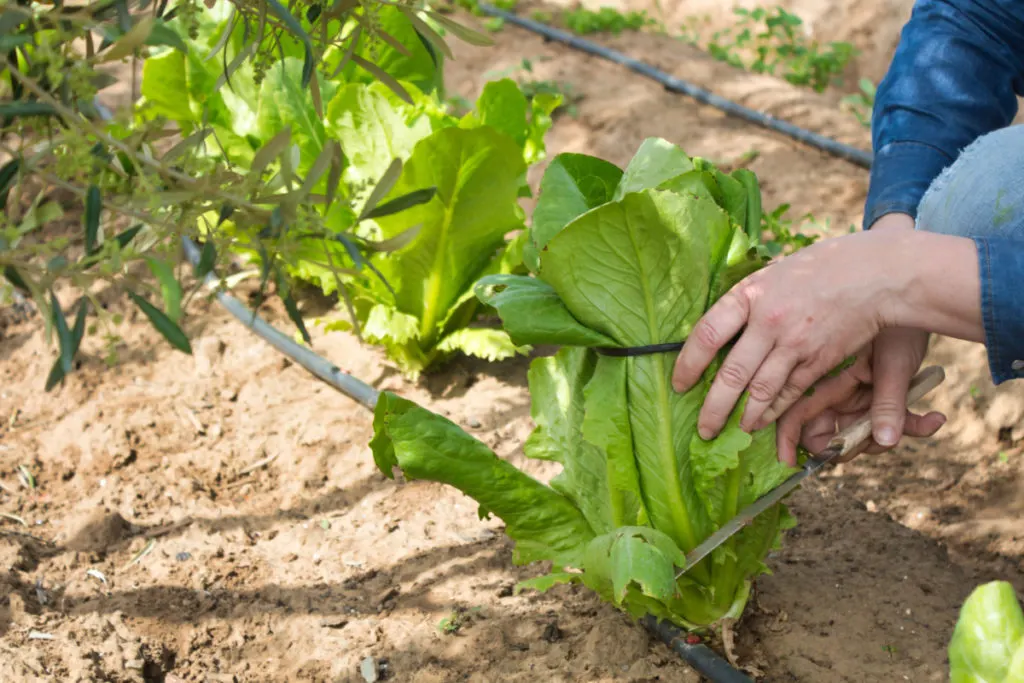
Not only does it extend the vegetative stage and delay the reproductive stage, but harvesting more will ensure you get that delicious bounty too!
5. Try Planting Bolt-Resistant Varieties
If no matter what you do and your plants are still bolting, considering purchasing specially bred cultivars that are less sensitive to bolting triggers.
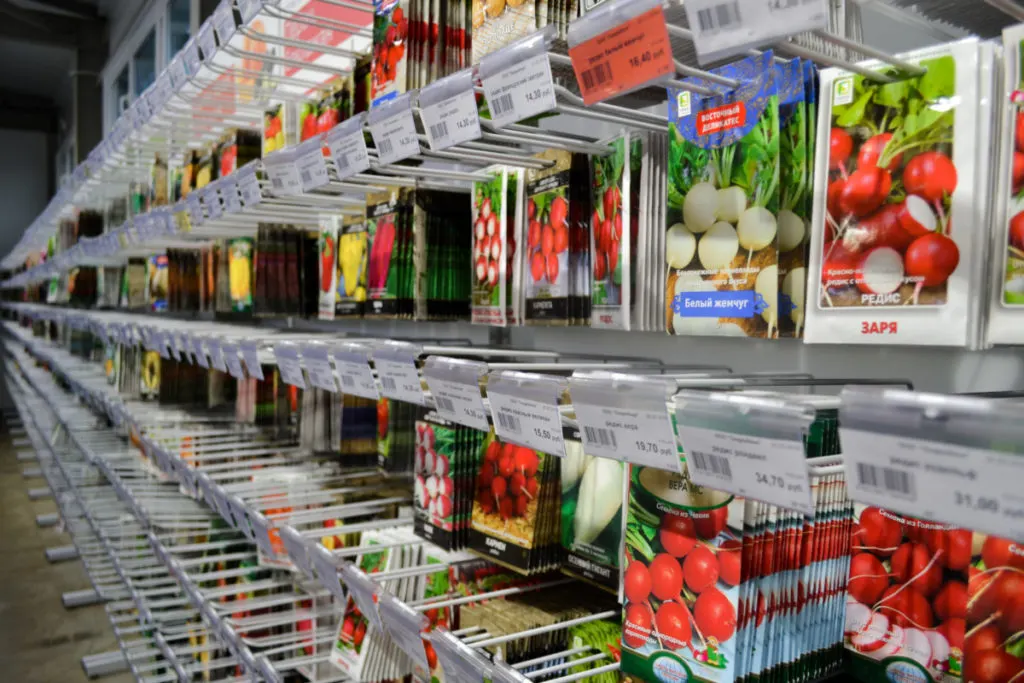
Look for “slow bolt” or “heat tolerant” labeled on the seed packet. You should be able to find bolt-resistant lettuce, arugula, cilantro, spinach, kale, beets, collard greens, and more.
What to Do If Your Plants Bolt
It’s definitely disheartening to see the plants you spent all those months nurturing start to flower before harvest time.
One way to save your crop is to pinch off flowers as soon as they appear on the plant. With herbs like basil, chives, and parsley, removing the blooms will divert their energies back to the foliage without loss of flavor.
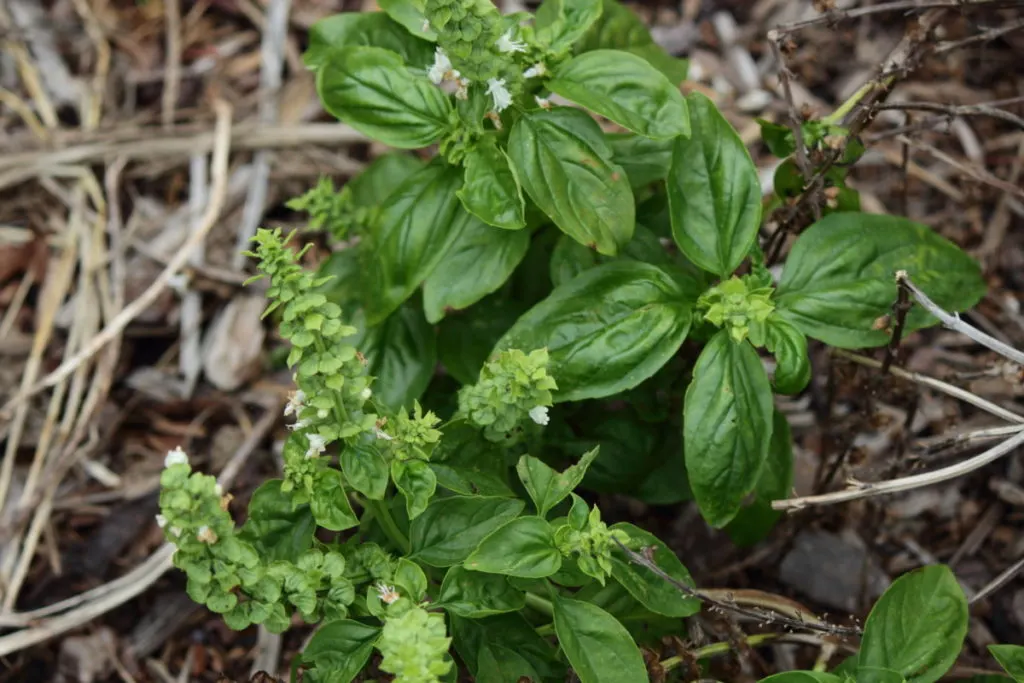
Even in cases where it’s too late to save the crop, there’s always a silver lining. Allowing a few of your plants to go to seed means that bees and other pollinators will have an added supply of food.
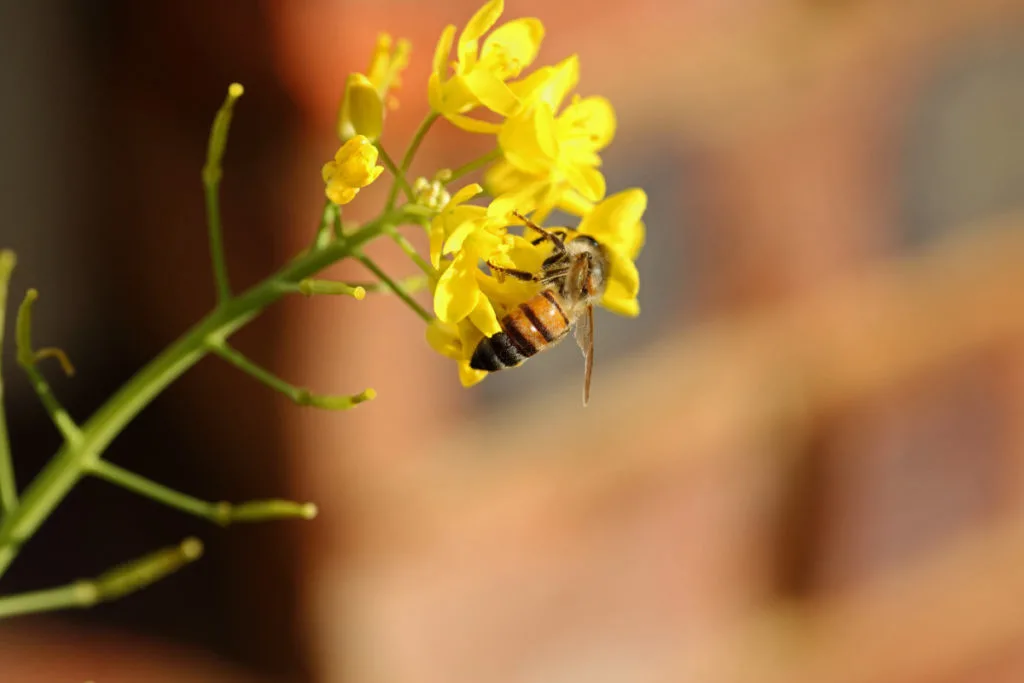
Collect the seeds for next year’s crop or leave the flowers on the plant to provide a nutritious feast for the birds.

Get the famous Rural Sprout newsletter delivered to your inbox.
Including Sunday ramblings from our editor, Tracey, as well as “What’s Up Wednesday” our roundup of what’s in season and new article updates and alerts.

